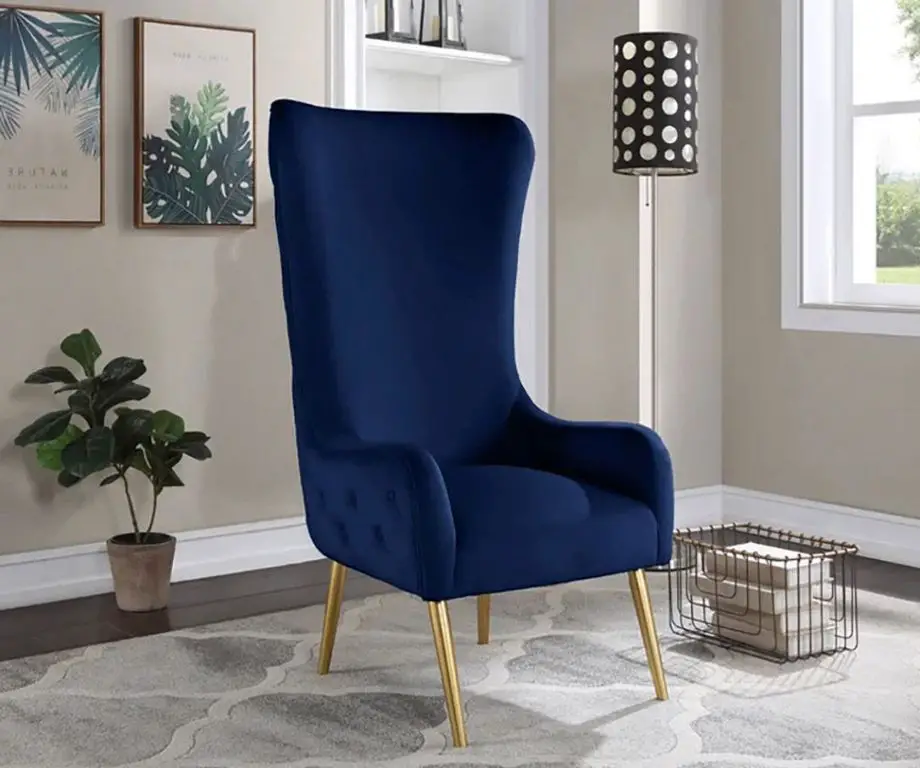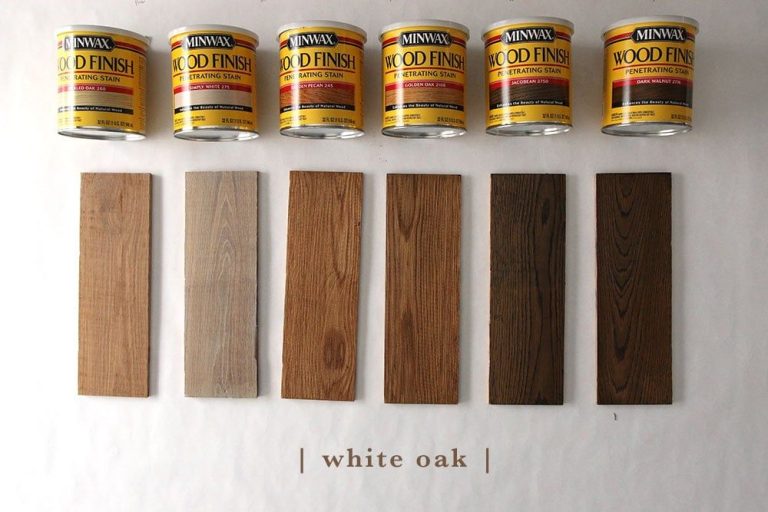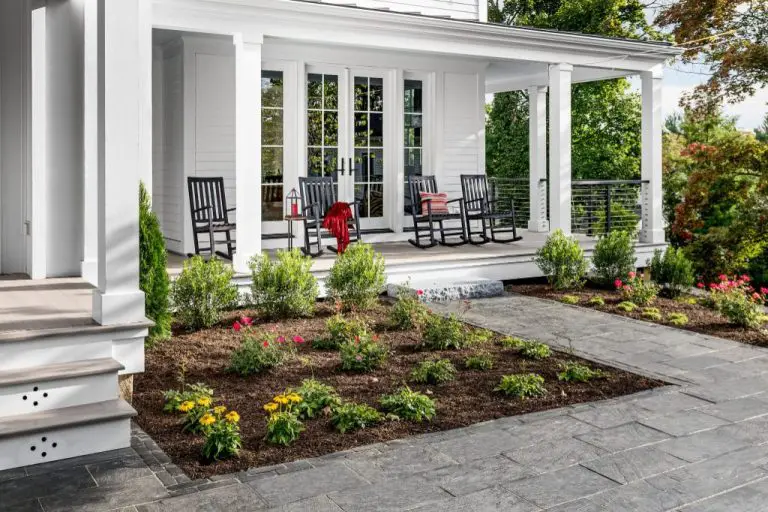Are Accent Chairs Meant To Sit In?
Accent chairs, also known as side chairs, are a type of decorative chair used in interior design. They are characterized by their small size and eye-catching design, intended to provide a visual “accent” within a room’s decor. Though secondary seating compared to a sofa or armchair, accent chairs do serve a purpose beyond just aesthetics. Their small footprint allows them to fit into spaces where a larger seat may not, and their stylistic flair adds a pop of color, shape and texture to complement a room’s style.
History of Accent Chairs
The origin of accent chairs dates back thousands of years to ancient civilizations like Egypt, where ornate chairs with armrests were reserved for royalty and the wealthy as symbols of status and prestige (https://www.summitdaily.com/news/history-of-design-accent-chairs/). Chairs evolved from simple three-legged stools into thrones and chairs with detailed woodwork, upholstery and gilding.
In medieval Europe, high-backed chairs with arms allowed lords to sit comfortably by the fire or conduct business. These early accent chairs set the wealthy and powerful apart from common furniture for the masses. Elaborately carved and decorated chairs continued to represent luxury into the Renaissance and Baroque periods.

By the 18th century, accent chairs became more prevalent and were used functionally alongside sofas and settees in parlors and sitting rooms. Georgian and Victorian accent chairs allowed moments of relaxation away from more formal seating. Styles like boudoir chairs provided comfort and convenience.
The 20th century brought iconic accent chairs like the Eames lounge chair and Barcelona chair, using new materials and streamlined mid-century lines (https://princeseating.furniture/blogs/news/history-of-arm-chairs). Today, accent chairs continue to serve both form and function in living spaces. Their long history lends them an air of prestige while their small size makes them ideal secondary seating.
Common Characteristics
Accent chairs tend to share some common defining features when it comes to their size, style, and upholstery. In terms of size, accent chairs are generally smaller than standard armchairs. They usually have a compact, space-saving footprint that makes them easy to tuck into small areas. Accent chairs are available in a vast array of styles, from classic wingback chairs to modern bucket seats. They can feature stylized shapes, unusual frames, bold patterns, and eye-catching upholstery. The upholstery is often made from plush, comfortable materials like velvet, leather, or microfiber. Compared to larger armchairs, accent chairs may have less padding and cushioning. But they still aim to provide an appealing look and reasonable comfort. Their small size and unique stylistic features are what allow accent chairs to serve as statement pieces in a room’s decor.
Intended Uses
Accent chairs are primarily meant to complement other furniture in a room by providing a splash of visual interest through their unique styling. Unlike a sofa or armchair where one may lounge for hours, accent chairs are designed for occasional, short-term seating 1.
Their petite size relative to other living room seating reflects their purpose as a secondary place to sit, rather than the main spot. Accent chairs allow you to comfortably seat more people in a room for short visits or conversations. Their ornamental quality also draws the eye, creating a pleasing vignette and additional visual layer when grouped with a sofa, loveseat or other furniture 2.
Though not intended as one’s main seating area, accent chairs should still offer reasonable comfort. However, given their decorative role, style may take priority over plushness in their design.
Advantages as Seating
Accent chairs offer many advantages as seating in a home. First, they are space-saving. Accent chairs have a small footprint, allowing them to fit into tight spaces where a full-sized couch or armchair may not. Their compact size makes them perfect for smaller homes or apartments where space is limited (Source).
Second, accent chairs provide flexible extra seating. They can be easily moved around a room or home to provide seating where needed. Accent chairs allow you to create customized seating arrangements for conversing, reading, or relaxing. Their portability means you can add extra seats for guests in any room (Source).
Finally, accent chairs are decorative. With a wide variety of styles and fabrics, they allow you to add visual interest, color, and texture to a space. Accent chairs can complement your existing decor or become statement pieces. They are an easy way to change up the look of a room or bring in your own personal flair (Source).
Disadvantages as Seating
Although accent chairs add visual interest and style to a room, they come with some disadvantages as primary seating options. The most notable drawback is their smaller size compared to standard armchairs or sofas. Accent chairs typically have compact frames with lower seat heights and less generous proportions (see: Arm Chair vs. Side Chair). This makes them less accommodating for larger individuals, or for curling up and lounging comfortably over extended periods. Their cozy size also means limited seating capacity for gatherings.
In addition to their petite size, accent chairs are frequently designed more for form over function. Stylistic details that make them aesthetically appealing can detract from their utility and ergonomics. For instance, some models feature rigid, non-adjustable backs without lumbar support or plush cushioning. This lack of adjustability and contoured comfort often causes discomfort during prolonged sitting (see: Can I Use An Accent Chair For A Dining Chair?). While stylish accent chairs can serve as occasional, supplementary seating, most interior designers caution against relying on them exclusively in living rooms or dining spaces.
Popularity in Interior Design
Accent chairs have become increasingly popular in interior design for adding visual interest and completing the look of a room. Certain colors, patterns, and materials have emerged as top trends.
White and light grey accent chairs are very on-trend right now. Their neutral palette allows them to fit into a variety of decor styles from farmhouse to mid-century modern. Bold patterns on white chairs, like stripes or geometrics, are also popular.
Velvet is a trendy material for accent chairs, providing a luxurious look and feel. Deep jewel tones like emerald green and sapphire blue are striking on velvet chairs. Tufted velvet chairs have an elegant, glamorous vibe. Leather chairs, especially in cognac or chestnut brown, are likewise having a moment.
Unique shapes provide visual appeal as accent chairs. Round swivel chairs, egg chairs, and chairs with exposed wooden frames all inject character into a space. Distinctive silhouettes and asymmetrical shapes stand out as statement pieces.
In terms of patterns, anything eye-catching and graphic tends to be on-trend for accent chairs. Plaid, animal prints, large florals, and geometric shapes make an impact. Anything with a mid-century modern feel also aligns with current interior design popularity.
Ultimately, accent chairs allow for self-expression and infusing personality into a room. Their rising popularity speaks to their ability to elevate interior design in an artistic, meaningful way.
Examples and Styles
There are a wide variety of accent chair styles that serve different design aesthetics. Some of the most popular accent chair styles include:
Wingback Chair
The wingback chair dates back to the 17th century and features a high back with side “wings” that flare out on either side of the seat. Wingback chairs have a classic, elegant look and often feature ornate designs. They provide excellent back support and side privacy due to the raised wings. Wingback chairs work well as accent seating in traditional or classical rooms (Source).
Slipper Chair
Slipper chairs are small armless accent chairs with an upholstered seat and padded backrest. They usually have short, tapered legs. The name comes from their resemblance to gentlemen’s slippers in the Victorian era. Slipper chairs can slide easily underneath tables and desks. They work well as extra seating in tight spaces (Source).
Armchair
Armchairs are a common type of accent chair with armrests on each side. They come in many styles, from classic wingback armchairs to sleek modern armchairs. The armrests provide comfort and allow people to relax into the chair. Armchairs make great standalone accent seating in living rooms, bedrooms, and reading nooks (Source).
Buying Considerations
When shopping for an accent chair, there are a few key factors to consider:
Size
Be sure to measure the space where you plan to place the accent chair and choose one that fits appropriately. An accent chair that is too large can overpower a room, while one too small can look out of place. Experts recommend an accent chair around 30-36 inches wide for versatility [1].
Fabric
Evaluate the existing colors and textures in the room when selecting fabric for your accent chair. You can choose a matching or complementary fabric. But a bold, contrasting fabric can help the accent chair stand out. Performance fabrics that are easy to clean are ideal for high-traffic areas [2].
Price
Accent chairs can range greatly in price from budget-friendly to high-end designer pieces. Set a budget before shopping and look for sales. Quality construction and materials will lead to a longer-lasting chair [3].
Conclusion
In summary, accent chairs were originally designed as secondary seating to complement other furniture in a room. While their smaller size and unique styles make them attractive decorative pieces, accent chairs can still be used for sitting just like any other chair.
The main benefits of using accent chairs for seating are their space-saving size and ability to add visual interest to a room. The drawbacks are their lack of features like armrests that make other chairs more comfortable for long periods of sitting. Overall, accent chairs work well for occasional, short-term seating but larger upholstered chairs may be better options for extended sitting.
When considering an accent chair, pay attention to the seat dimensions, cushioning, and materials to gauge comfort and durability. Look for sturdy, well-constructed frames if you plan to sit in the chair regularly. With the right accent chair that suits your needs, you can add style to your room décor while still enjoying the chair’s functionality.




